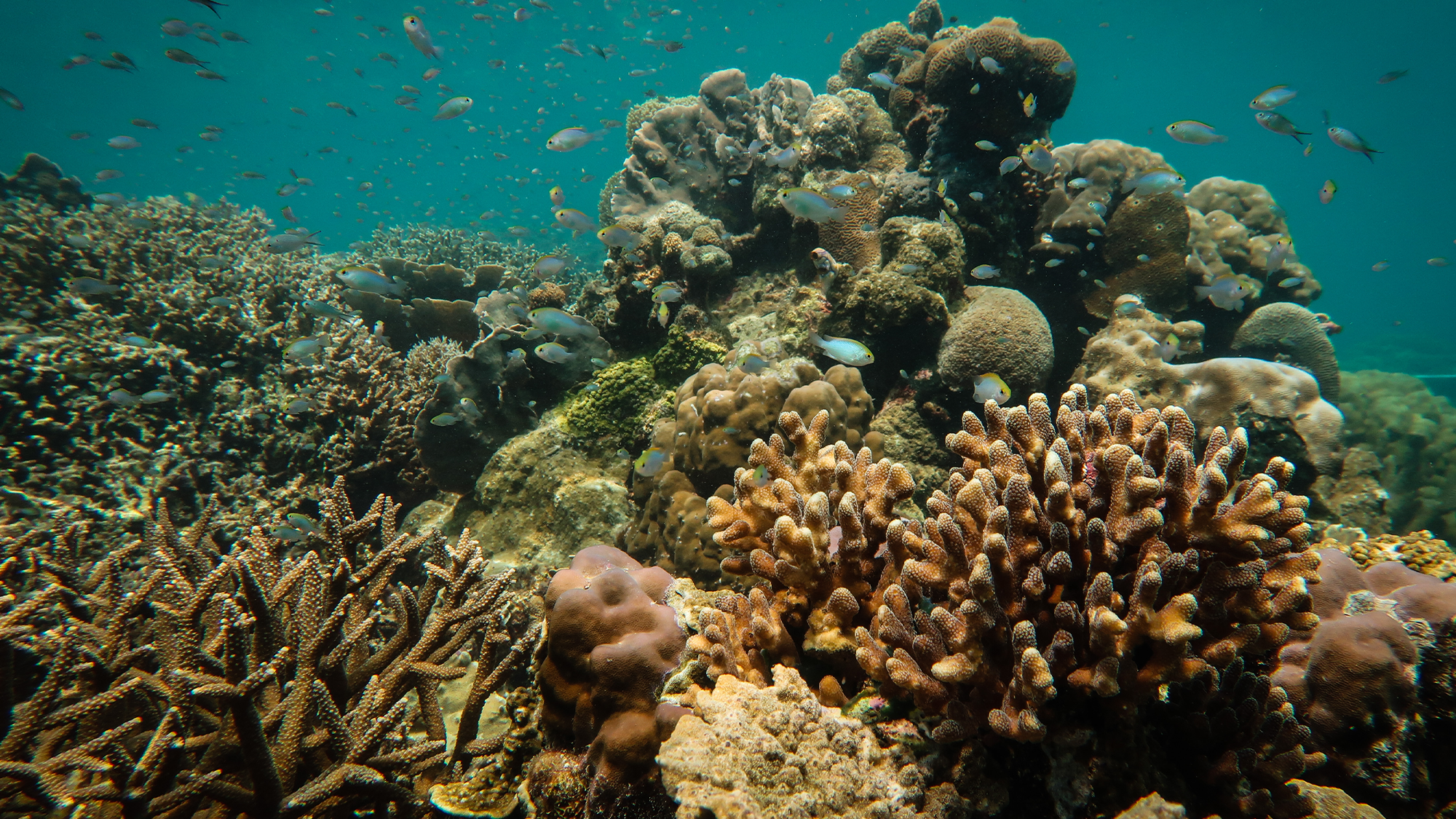As coral reefs worldwide face threats from climate change and destructive human activities, scientists are exploring various methods to aid in their preservation. These approaches include preserving coral fragments for research on reproduction and conducting coral fragment transplants to facilitate the regeneration of damaged reefs.
A recent study revealed that planting new coral in degraded reefs can accelerate growth, matching the pace of healthy reefs within just four years. This study was carried out in South Sulawesi, Indonesia, home to one of the largest reef restoration projects globally.
Dr. Lange, a marine biologist at the University of Exeter and co-author of the study, highlighted the severe damage caused by dynamite fishing in the region several decades ago. The aftermath of this destructive practice has impeded the natural recovery of coral reefs, as loose coral fragments hinder the settlement of new coral larvae.
Dynamite fishing, an illegal activity, poses a significant threat to coral reef ecosystems by dislodging coral fragments and disrupting the delicate food chain. The detrimental impact of dynamite fishing underscores the urgent need for conservation efforts to restore these vital marine habitats.
The Mars program is actively engaged in reef restoration by transplanting coral fragments onto specialized structures known as Reef Stars. These sand-coated steel frames serve to stabilize the coral fragments and promote rapid coral growth.
Collaborating with various institutions, including the Research Center for Oceanography in Indonesia and Lancaster University, the University of Exeter team monitored the reef carbonate budget following the installation of Reef Stars. This budget reflects the net production or erosion of the reef framework over time and is crucial for predicting a reef’s growth potential and its role in coastal protection and marine biodiversity.
The results of the study demonstrated a remarkable recovery of the restored reef sites, with coral cover, colony size, and carbonate production tripling within four years. The restored sites exhibited growth rates comparable to those of healthy reefs, indicating a successful restoration effort that benefits marine life and coastal resilience.
While the restored reefs showed promising progress, the study noted variations in the reef community composition compared to natural coral habitats. The mix of coral types used in transplantation may influence the reef’s structural integrity and resilience to environmental stressors like heat waves and bleaching events.
Dr. Lange emphasized the importance of continued research to monitor the long-term outcomes of reef restoration projects and enhance reef resilience. By fostering a diverse mix of coral species and assessing ecosystem functions, ongoing studies aim to support the recovery of reef ecosystems worldwide through effective restoration strategies.
